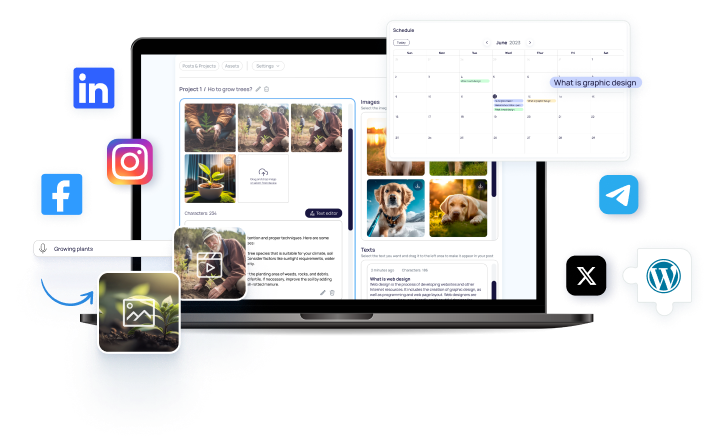None

I'm not sure who said it, but there is a quote that goes something like, "It is not by wearing down into uniformity all that is individual in themselves, but by cultivating it and calling it forth that human beings become a noble and beautiful object of contemplation. " Another quote, equally instructive, goes, "Every time I bought someone's album, it was about the connection. I was loving everything, from their raps to their style. I wanted to meet them. " Regardless of the attributions or which Mill said what, both quotes convey the same truth - the value of uniqueness over uniformity, and the potential for inspiration and profound unity within that uniqueness. It makes me want to embrace it. The things that come from my own collection of experiences, like half-sleeping through Philosophy 101 and listening to hip-hop, feel inherently better and more impactful than machine-made output, if we measure power by emotional impact. But when I think about the question posed by A. I. tools, "If you can't tell, does it matter?" I realize we have to contend with the deluge of generative content that is released and updated daily. Can generative content deliver pleasure in the same way as human-made art?And if so, is there any valid argument for valuing original, human creativity more?It's a spicy question. Let's tackle it step by step. Haikus and oil paintings created by A. I. tools scrape the internet for input and deliver output that meets specific criteria. The most popular examples are the most pleasing, and they have gained fame for a reason. However, there's a downside. By accessing the same datasets, every new haiku sounds like an old one, every new oil painting becomes like every other oil painting, differentiated only by subject, not approach. So, we strive to do better. We limit the datasets, applying more specific aesthetic or literary filters. We ask for output "in the style of" a certain genre, film, or artist, aiming for more specific results. Nowadays, the widely circulated A. I. images imitate the style of Wes Anderson, '80s sitcoms, or Star Wars. Likewise, we can ask for short stories in the styles of Ernest Hemingway, Joan Didion, or Chimamanda Ngozi Adichie. Through collaborations with advertising creatives, we can achieve novelty and enticing combinations of familiar elements that are pretty cool. But are they truly original?In the process of generating content, even with original prompts or mashups, the results inevitably rely on the auteurship or collective voices of other entities for success. It could be an individual with a distinct artistic or comedic approach, or the work of countless unknowns whose creative database exists in the realm of the internet. In short, the situation goes beyond influence.
Creating foundational creative content with A. I. tools encounters a problem of originality. For some, this is something they can live with, while others find it unsatisfying. Precisely put, you either accept derivative outcomes in order to achieve a desired product, or you hold onto your appreciation for originality, like a Faberge egg. Throughout my career, I have come to believe that creating something truly original teaches us something valuable. It reveals a monumental or minuscule truth about ourselves to ourselves. The energy released from that revelation permeates through the page, screen, or canvas. And for advertisers who trade in the currency of human connection, this is worth considering. Especially as we strive to collapse the funnel and infuse even the most transactional pieces of messaging with an authenticity that engenders brand love. This should answer the questions that were posed earlier. If you seek less substantial pleasure, then yes, thanks to A. I. , endless pleasure awaits. In fact, there is an unlimited trove of pleasure at your disposal in every format, except for those formats that haven't been conceived yet. However, if you are not a low-budget Rick Rubin, and you value the holy, transformative essence that drives good creative and creatives, then the situation is different. You may resign yourself to paying less but getting what you pay for - an abundance of work that looks right but lacks the spark that distinguishes true connection from mere cosplaying. Now, before I sound like an old man shaking his fist at a future that has already arrived, equating machine-generated art to porn instead of sex, or the imitation of life rather than life itself, let me explain how I believe A. I. can actually help us become more original. Think of A. I. output as human input, not the other way around. To put it differently, focus on using A. I. to prompt people, instead of using people to prompt A. I. When we do this, when we expand our approach, trigger new perspectives, and birth unexpected streams of thought, we unlock magic. Our unique set of lived experiences and influences are redirected towards ideas that we wouldn't have discovered otherwise. Originality and human creativity are not stolen, but rather served. And that's where we'll find the most pleasing and valuable creative outcomes. Just remember not to mistake the map for the destination. As I said before, there isn't just one "I" in A. I. , but billions of them. They don't belong to us or operate at full capacity until they have passed through our prisms, shaped by our own unique perspectives.
Brief news summary
None
AI-powered Lead Generation in Social Media
and Search Engines
Let AI take control and automatically generate leads for you!

I'm your Content Manager, ready to handle your first test assignment
Learn how AI can help your business.
Let’s talk!
Hot news

SAP Integrates Blockchain for ESG Reporting in ER…
SAP, a global leader in enterprise software, has announced a crucial enhancement to its enterprise resource planning (ERP) systems by integrating blockchain-based Environmental, Social, and Governance (ESG) reporting tools.

Middle Managers Diminish as AI Adoption Increases
As artificial intelligence (AI) rapidly advances, its influence on organizational structures—especially middle management—is becoming increasingly clear.

The Blockchain Group Bolsters Bitcoin Reserves Wi…
The Blockchain Group Strengthens Bitcoin Holdings Through $12
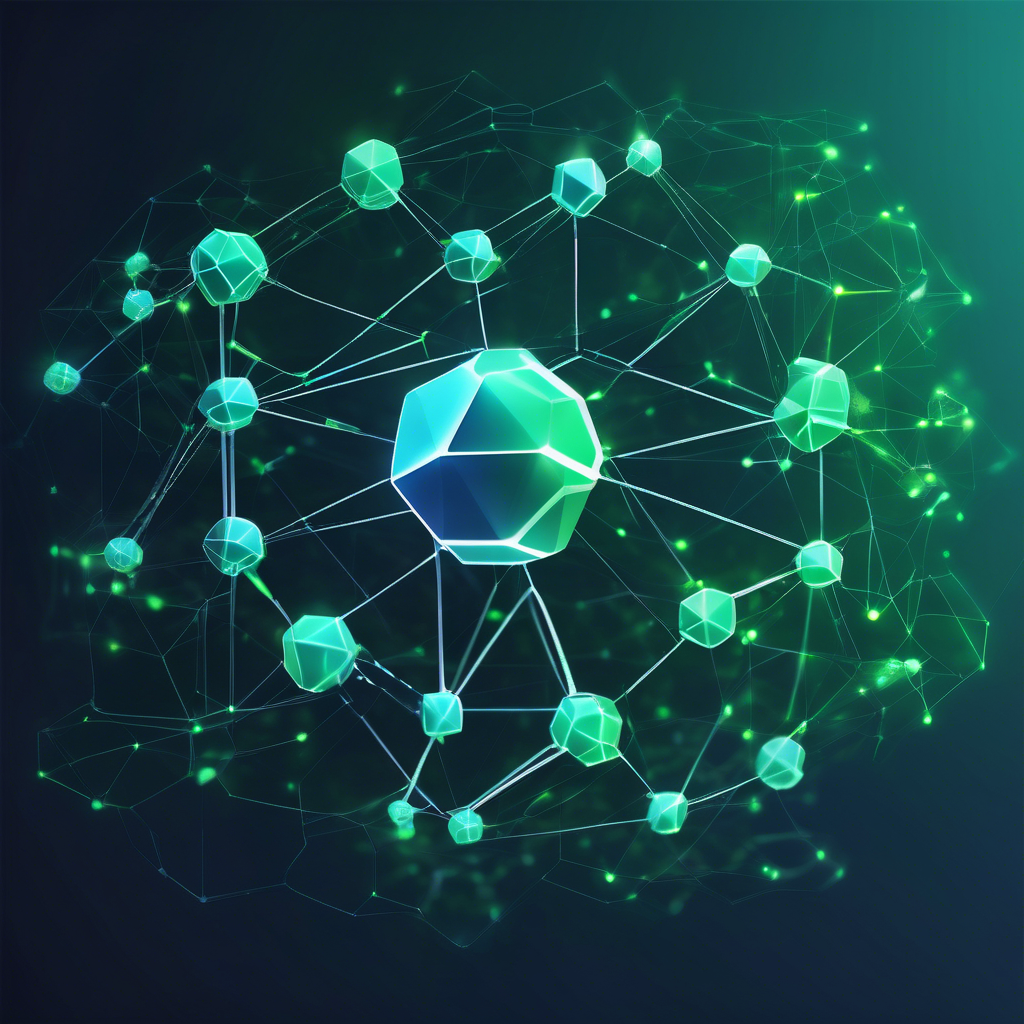
Kinexys Launches Carbon Market Blockchain Tokeniz…
Kinexys by J.P. Morgan, the firm’s leading blockchain business unit, is developing an innovative blockchain application on Kinexys Digital Assets, its multi-asset tokenization platform, aimed at tokenizing global carbon credits at the registry level.

Ford CEO Jim Farley warns AI will wipe out half o…
Ford CEO Jim Farley recently emphasized the critical role of the “essential economy” and blue-collar skilled trades while forecasting that artificial intelligence will halve the number of white-collar jobs in the U.S. He has become the latest executive to raise concerns over AI’s impact on workers, joining voices like Amazon’s CEO, who last month announced that the company’s corporate workforce will shrink because of AI.

Cryptocurrency Theft Losses Reach Record High in …
In the first quarter of 2025, the cryptocurrency industry saw a dramatic surge in theft losses, totaling an unprecedented $1.63 billion.

AI in Education: Personalized Learning Experiences
In recent years, the education sector has experienced a notable shift toward integrating artificial intelligence (AI) to enhance learning experiences.

 Auto-Filling SEO Website as a Gift
Auto-Filling SEO Website as a Gift


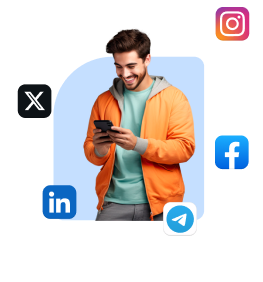
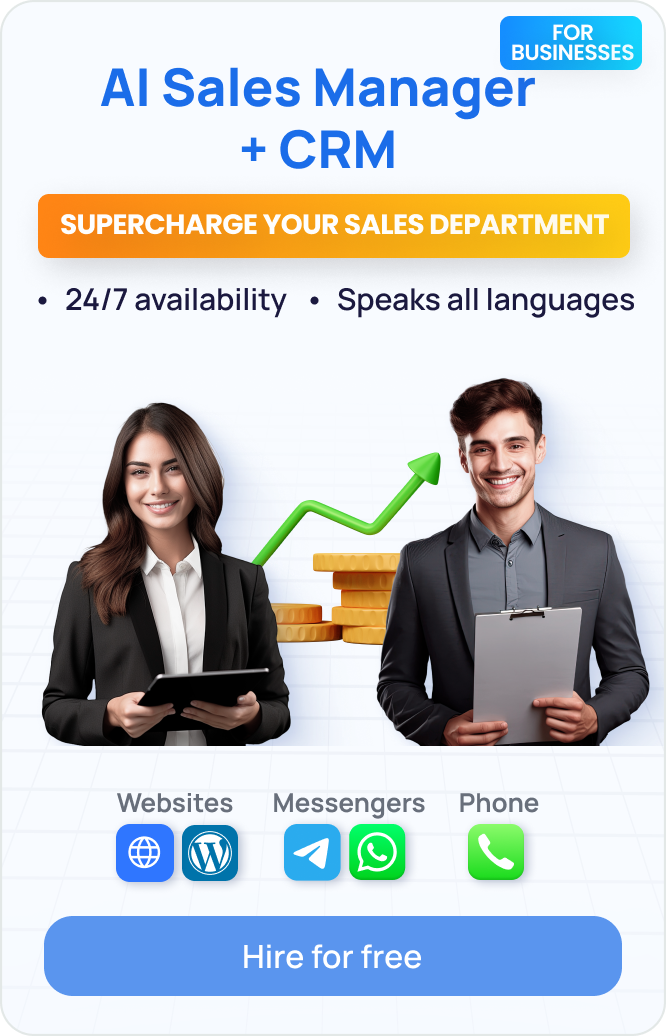

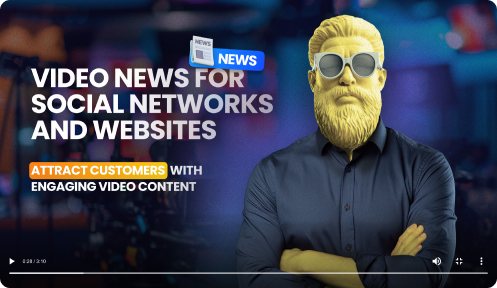
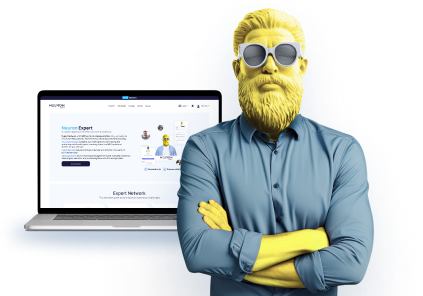
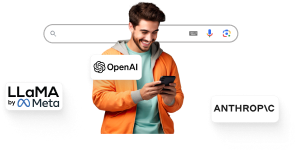
 Auto-Filling SEO Website as a Gift
Auto-Filling SEO Website as a Gift
